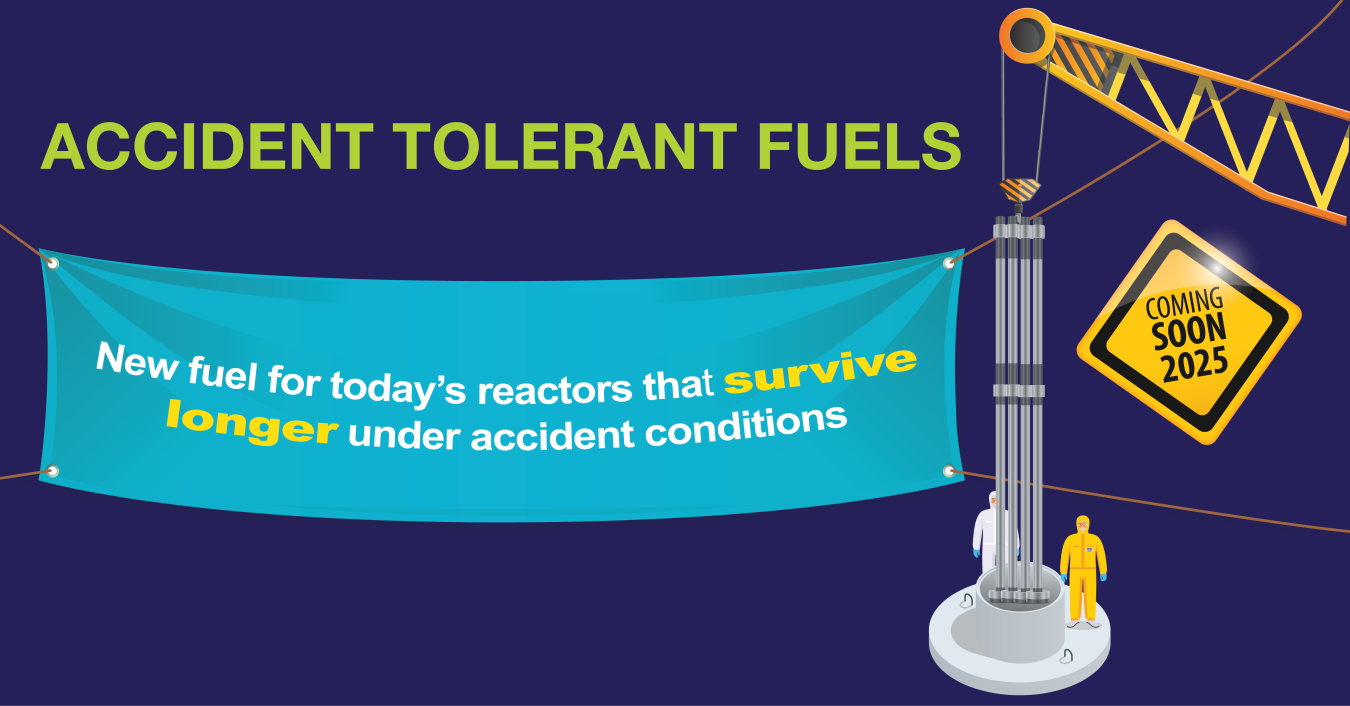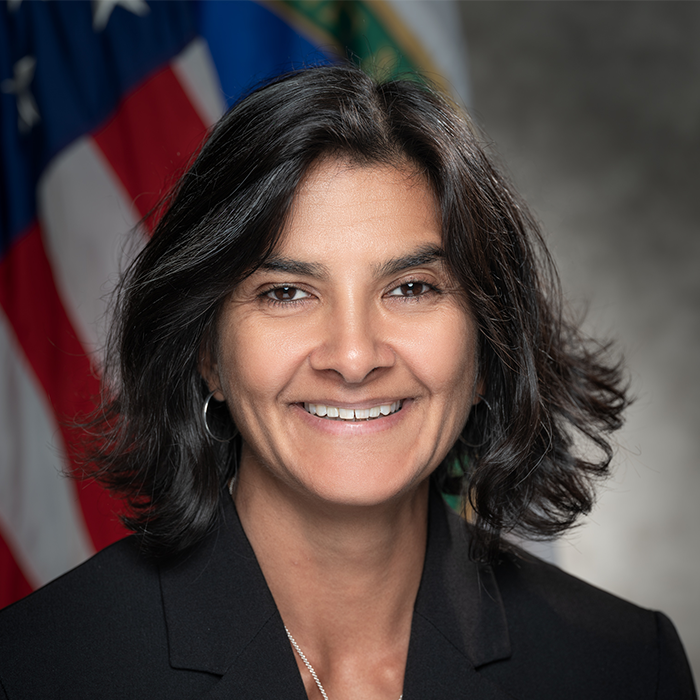President Donald Trump signs off on the FY2020 spending bill, which includes nearly $1.5 billion for nuclear energy research.
December 23, 2019President Donald Trump recently signed off on the This was an empty link: FY2020 spending billFY2020 spending bill, which includes nearly $1.5 billion for nuclear energy research.
That number is up $167 million over the previous fiscal year and all I can say is “let’s go!”
We have the bipartisan support. We have the technology. We have the expertise.
Now it’s time to get something built—and we need to do it with a sense of urgency!
Demonstrating Advanced Nuclear
Under the new spending bill, our office will receive $230 million to start a new demonstration program for advanced reactors. This includes $160 million to build two reactors that can be operational within the next 5 to 7 years.
We’ll leverage our National Reactor Innovation Center to efficiently test and assess these technologies and engage the world-renowned capabilities of our national labs to move these reactors from blueprints to reality.
We also plan to fund up to 5 additional teams to help reduce the risk of developing their reactor designs.
This will ultimately prove, once again, that nobody innovates nuclear technology better than the United States!
Fueling the Future
Many of these advanced reactor designs will require a higher enriched fuel to achieve smaller plant sizes, better fuel utilization and longer core life.
That’s why we are looking into a variety of ways to provide high-assay, low-enriched uranium (HALEU) to support the testing and demonstration of these technologies.
We’ll dedicate $8 million to recycle excess U.S. government nuclear fuel in the near-term and are working toward a long-term solution by demonstrating 16 advanced centrifuge machines that can enrich uranium up to HALEU levels (up to 19.75%).
This sends a strong message that the Department of Energy (DOE) is all in on new nuclear.
The Advanced Nuclear Fuel Cycle
To better understand the nuclear fuel cycle of advanced reactors, DOE will also work with the National Academy of Sciences to study specific disposal and storage requirements. This includes exploring the feasibility of recycling used fuel, which I believe can be better utilized to reduce the amount of nuclear waste over time.
More than 90% of the potential energy still remains in our commercial used fuel. This resource could be consumed to operate new reactor designs that are currently under development.
Accident Tolerant Fuels

Click above to view our Accident Tolerant Fuels infographic.
As we explore new fuels for advanced reactors, we also plan to dedicate more than $95 million to further develop accident tolerant fuels for our current fleet of reactors.
This industry-led program is on track to commercialize new cladding and fuel mixtures that could increase plant performance, allow for longer response times, and produce less waste.
These fuels are already being tested in commercial reactors and could gain widespread use by 2025.
A Modern Twist for Today’s Reactors
Accident tolerant fuels, coupled with materials research, could help extend the lifetime of our current fleet, which is another huge priority for our office.
To maximize each reactor’s potential, we are working closely with a variety of DOE programs to make traditional nuclear reactors more flexible.
We’re dedicating $11 million to demonstrate the production of hydrogen on-site at a nuclear power plant.
This has the potential to open up new markets for nuclear by selling hydrogen regionally to help make synthetic fuels, plastics, fertilizers or even power fuel cell electric vehicles.
WATCH: DOE materials research is giving companies the data they need to extend the lifetime of today's reactors.
A Critical Decade
The next 10 years will be huge for the U.S. nuclear industry, and this spending bill definitely highlights the importance.
We are staying the course on our mission priorities and will continue to support the development and licensing of small modular reactors, in addition to developing America’s only fast test reactor to help mature the advanced technologies we plan on demonstrating.
President Trump, Secretary Dan Brouillette and I are dedicated to achieving a U.S. resurgence in nuclear energy.
We’ve talked the talk long enough. Now it’s time to sprint to the finish line!


